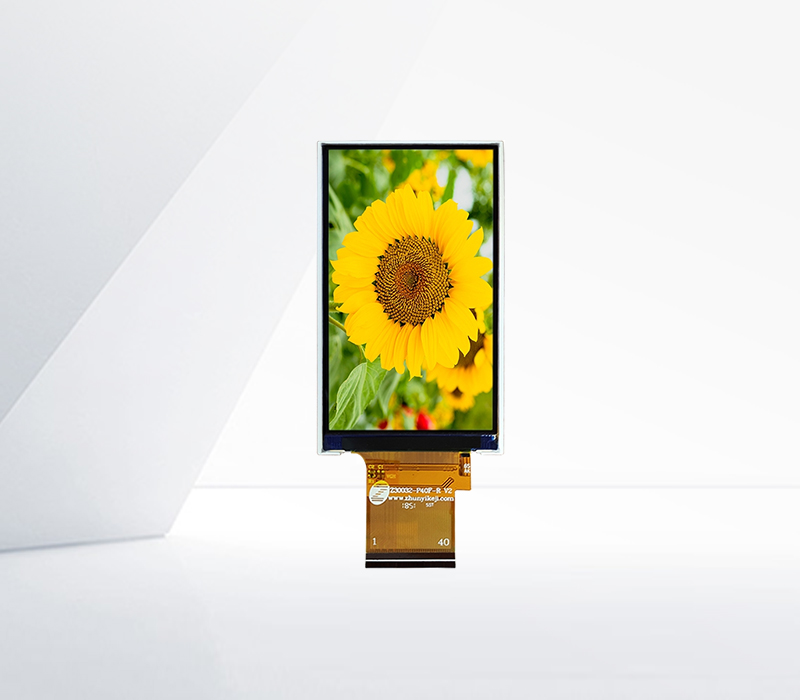




LCD rise time, a specific component of the overall response time, refers to the duration it takes for a pixel to transition from a dark state (e.g., black or a lower brightness level) to a bright state (e.g., white or a higher brightness level), measured in milliseconds (ms). This metric is critical for evaluating how quickly a display can render bright details in dynamic scenes, directly impacting the clarity of fast-moving images in gaming, video playback, and sports broadcasting. A shorter rise time minimizes motion blur and ghosting, ensuring that bright objects appear sharp even when moving rapidly across the screen.
Rise time is influenced by the liquid crystal’s viscosity, the applied voltage, and the panel’s design. Liquid crystals with lower viscosity respond more quickly to electrical signals, reducing the time needed to align themselves and allow light to pass through. In TN (Twisted Nematic) panels, the liquid crystals twist more rapidly, contributing to shorter rise times (often 1–3 ms) compared to traditional IPS (In-Plane Switching) panels, which historically had rise times of 3–7 ms due to their parallel alignment structure. However, advancements in panel technology, such as advanced overdrive circuits, have significantly improved rise times in modern IPS displays. Overdrive works by temporarily increasing the voltage applied to the liquid crystals during transitions, accelerating their alignment and reducing rise time without compromising color accuracy.
The relationship between rise time and other response time components—such as fall time (the transition from bright to dark)—is also crucial. While rise time focuses on brightening, fall time addresses dimming, and an imbalance between the two can cause asymmetric ghosting. For example, a display with a 2 ms rise time but a 8 ms fall time may produce clearer bright edges but blurred dark trailing in moving scenes. Manufacturers strive to balance both metrics, often advertising "gray-to-gray" (GtG) response time as a combined measure, though rise time remains a key factor for users prioritizing bright detail clarity.
In gaming, where fast-paced action is common, a short rise time is particularly valuable. Competitive gamers rely on quick reaction times to spot enemies or obstacles, and a display with a 1–2 ms rise time ensures that bright elements—such as a flash of gunfire or a character’s bright armor—are rendered instantaneously, without lag. Similarly, in sports broadcasting, a fast rise time ensures that bright stadium lights or sunlight reflecting off players’ uniforms appear sharp, even in high-speed camera.
It is important to note that rise time is not independent of the display’s brightness settings. Higher brightness levels may require more voltage to drive the liquid crystals, which can slightly reduce rise time, though this effect is minimal in modern displays with optimized voltage regulation. Additionally, ambient light conditions can influence perceived rise time: in well-lit environments, a slightly longer rise time may be less noticeable, while in dark rooms, even small delays can lead to visible artifacts.
In summary, LCD rise time is a vital metric for evaluating a display’s ability to render bright transitions quickly. With ongoing advancements in liquid crystal materials and panel engineering, modern LCDs—particularly gaming-focused models—achieve impressively short rise times, enhancing the visual experience in dynamic content.
